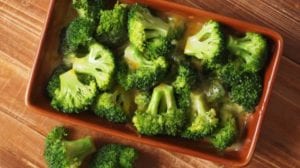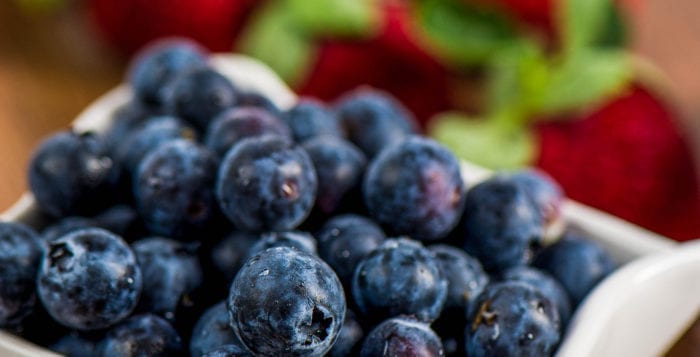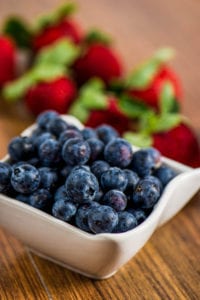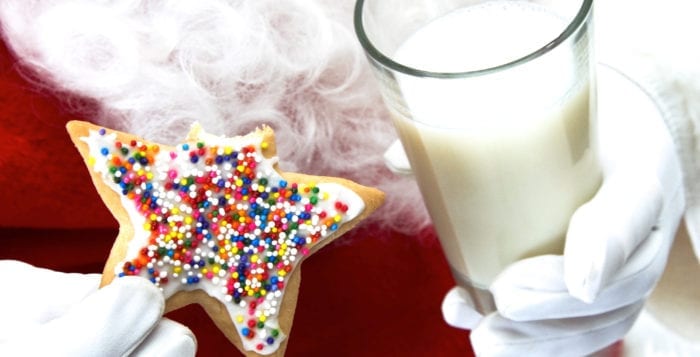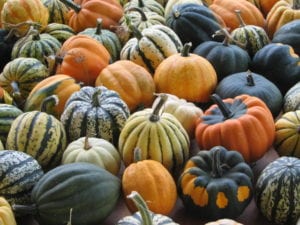Reducing inflammation is part of this process.
By David Dunaief, M.D.

When asked what was more important, longevity or healthy aging (quality of life), more people choose the latter. Why would you want to live a long life but be miserable? Well, it turns out the two components are not mutually exclusive. I would like you to ponder the possibility of a third choice, “all of the above.” Would you change your answer and, instead of making a difficult choice between the first two, choose the third?
I frequently use the example of Jack LaLanne, a man best known for popularizing fitness. He followed and preached a healthy lifestyle, which included diet and exercise. He was quite a motivator for many and ahead of his time. He died at the ripe old age of 96.
This brings me to my next point, which is that the number of 90-year-olds is growing by leaps and bounds. According to the National Institutes of Health, those who were more than 90 years old increased by 2.5 times over a 30-year period from 1980 to 2010 (1). This group is among what researchers refer to as the “oldest-old,” which includes those aged 85 and older.
What do these people have in common? According to one study, they tend to have fewer chronic morbidities or diseases. Thus, they tend to have a better quality of life with a greater physical functioning and mental acuity (2).
In a study of centenarians, genetics played a significant role. Characteristics of this group were that they tended to be healthy and then die rapidly, without prolonged suffering (3). Another benchmark is the amount of health care dollars spent in their last few years. Statistics show that the amount spent for those who were in their 60s and 70s was significantly higher, three times as much, as for centenarians in their last two years (4).
Factors that predict one’s ability to reach this exclusive club may involve both genetics and lifestyle choices. One group of people in the U.S. that lives longer lives on average than most is Seventh-day Adventists. We will explore why this might be the case and what lifestyle factors could increase our potential to maximize our healthy longevity. Exercise and diet may be key components of this answer. Now that we have set the tone, let’s look at the research.
Exercise
For all those who don’t have time to exercise or don’t want to spend the time, this next study is for you. We are told time and time again to exercise. But how much do we need, and how can we get the best quality? In a 2014 study, the results showed that 5 to 10 minutes of daily running, regardless of the pace, can have a significant impact on life span by decreasing cardiovascular mortality and all-cause mortality (5).
Amazingly, even if participants ran fewer than six miles per week at a pace slower than 10-minute miles, and even if they ran only one to two days a week, there was still a decrease in mortality compared to nonrunners. Here is the kicker: Those who ran for this very short amount of time potentially added three years to their life span. There were 55,137 participants ranging in age from 18 to 100 years old.
An accompanying editorial to this study noted that more than 50 percent of people in the United States do not meet the current recommendation of at least 30 minutes of moderate exercise per day (6). Thus, this recent study suggests an easier target that may still provide significant benefits.
Diet
A long-standing paradigm is that we need to eat sufficient animal protein. However, there have been cracks developing in this façade of late, especially as it relates to longevity. In an observational study using NHANES III data, results show that those who ate a high-protein diet (greater than 20 percent from protein) had a twofold increased risk of all-cause mortality, a four times increased risk of cancer mortality and a four times increased risk of dying from diabetes (7). This was over a considerable duration of 18 years and involved almost 7,000 participants ranging in age at the start of the study from 50 to 65.
However, this did not hold true if the protein source was from plants. In fact, a high-protein plant diet may reduce the risks, not increase them. The reason for this effect, according to the authors, is that animal protein may increase insulin growth factor-1 and growth hormones that have detrimental effects on the body.
Interestingly, those who are over the age of 65 may benefit from more animal protein in reducing the risk of cancer. However, there was a significantly increased risk of diabetes mortality across all age groups eating a high animal protein diet. The researchers therefore concluded that lower animal protein may be wise at least during middle age.
The Adventists Health Study 2 trial reinforced this data. It looked at Seventh-day Adventists, a group whose emphasis is on a plant-based diet, and found that those who ate animal protein up to once a week had a significantly reduced risk of dying over the next six years compared to those who were more frequent meat eaters (8). This was an observational trial with over 73,000 participants and a median age of 57 years old.
Inflammation
You may have heard the phrase that inflammation is the basis for more than 80 percent of chronic disease. But how can we quantify this into something tangible?
In the Whitehall II study, a specific marker for inflammation was measured, interleukin-6. The study showed that higher levels did not bode well for participants’ longevity (9). In fact, if participants had elevated IL-6 (>2.0 ng/L) at both baseline and at the end of the 10-year follow-up period, their probability of healthy aging decreased by almost half.
The takeaway from this study is that IL-6 is a relatively common biomarker for inflammation that can be measured with a simple blood test offered by most major laboratories. This study involved 3,044 participants over the age of 35 who did not have a stroke, heart attack or cancer at the beginning of the study.
The bottom line is that, although genetics are important for longevity, so too are lifestyle choices. A small amount of exercise, specifically running, can lead to a substantial increase in healthy life span. While calories are not equal, protein from plants may trump protein from animal sources in reducing the risk of mortality from all causes, from diabetes and from heart disease. This does not necessarily mean that one needs to be a vegetarian to see the benefits. IL-6 may be a useful marker for inflammation, which could help predict healthy or unhealthy outcomes. Therefore, why not have a discussion with your doctor about testing to see if you have an elevated IL-6? Lifestyle modifications may be able to reduce these levels.
References: (1) nia.nih.gov. (2) J Am Geriatr Soc. 2009;57:432-440. (3) Future of Genomic Medicine (FoGM) VII. Presented March 7, 2014. (4) CDC.gov. (5) J Am Coll Cardiol. 2014;64:472-481. (6) J Am Coll Cardiol. 2014;64:482-484. (7) Cell Metab. 2014;19:407-417. (8) JAMA Intern Med. 2013;173:1230-1238. (9) CMAJ. 2013;185:E763-E770.
Dr. Dunaief is a speaker, author and local lifestyle medicine physician focusing on the integration of medicine, nutrition, fitness and stress management. For further information, visit www.medicalcompassmd.com or consult your personal physician.







